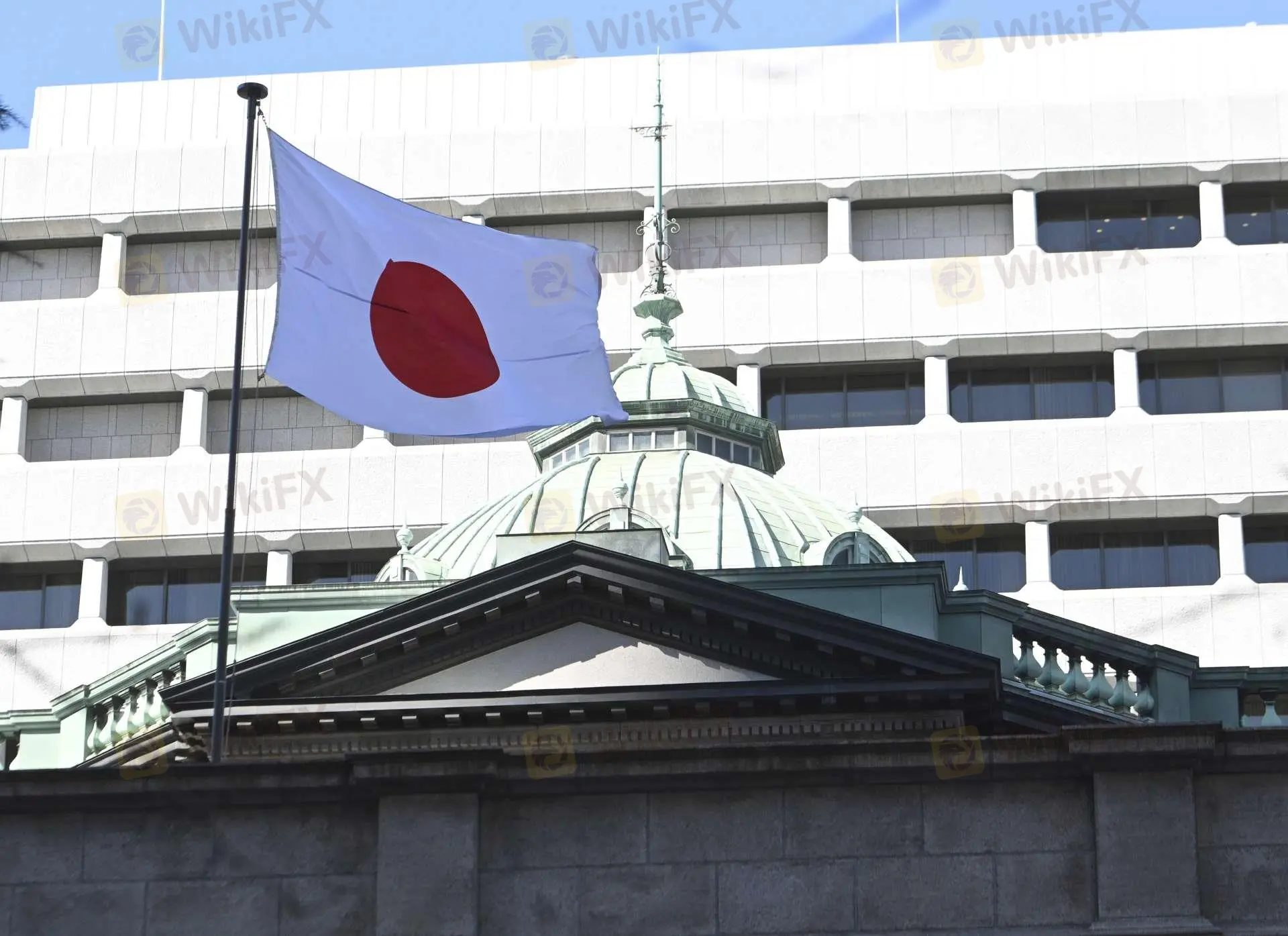简体中文
繁體中文
English
Pусский
日本語
ภาษาไทย
Tiếng Việt
Bahasa Indonesia
Español
हिन्दी
Filippiiniläinen
Français
Deutsch
Português
Türkçe
한국어
العربية
BOJ to Announce Policy Decision This Week, Market Bets on a Rate Hike
Abstract:The yen strengthens past 156 as markets anticipate a rate hike from the Bank of Japan this week.

Yen Strengthens Beyond 156 as Market Expects a Rate Hike
On January 24, the Bank of Japan (BOJ) will announce its latest policy decision, followed by a press conference by Governor Kazuo Ueda. Recent surveys indicate a near-unanimous market expectation of a rate hike this week. Overnight index swaps (OIS) pricing suggests a 99% probability of a hike, reflecting strong investor anticipation of tighter monetary policy. According to Bloomberg‘s latest survey, about 74% of economists expect the BOJ to raise rates by 25 basis points at this meeting, up from 52% in the previous survey. This strong expectation has been partially reflected in the yen’s performance over recent weeks, with the currency surging beyond the 156 level against the US dollar, hitting a recent high.

Nomura Securities suggests that the BOJ‘s rate hike will serve as a key driver for yen appreciation, especially as global central banks broadly tighten monetary policy. Following this hike, the BOJ may adopt a more flexible policy trajectory, further solidifying the yen’s position in global markets.
Wage Growth and Persistent Inflation Support Tightening Measures
The BOJ‘s latest regional economic report highlights structural labor shortages driving companies to raise wages. Many firms anticipate continuing wage hikes into 2025, providing strong support for the BOJ’s tightening policy. Meanwhile, domestic inflationary pressures remain evident. Data shows that Japan‘s core consumer price index (CPI) rose 2.7% year-on-year in November 2024, marking 39 consecutive months of growth. Notably, Tokyo’s December CPI growth accelerated to 3.0% year-on-year from 2.6% in November, with the month-on-month growth rising from 0.4% to 0.5%, indicating persistent price pressures.

Historically, wage growth and price increases in Japan have been closely linked. As spring labor negotiations approach, the expectation of wage hikes could further strengthen economic activity and continue to support inflation. These data points provide a solid foundation for the BOJ‘s tightening policy, reinforcing market bets on this week’s rate hike.
Key Hurdle: Global Market Volatility
While the market has high expectations for a BOJ rate hike this week, external market volatility could pose a potential obstacle. Uncertainty in international markets, particularly regarding possible U.S. economic and trade policies, could significantly influence the BOJs policy decisions. Reuters analysis suggests that if U.S. policy changes trigger significant market swings, the BOJ might reconsider the timing of a rate hike.

Additionally, BOJ Deputy Governor Ryozo Himino recently emphasized the importance of timing in monetary policy implementation, as it is critical for economic stability. He further stated that the board would base its discussions on Japans economic fundamentals while considering global market dynamics before making a final decision.
Should the BOJ hike rates as expected, the yen could strengthen further against the U.S. dollar and other major currencies. Analysts predict that yen appreciation will have a dual impact on Japans economy. On one hand, a stronger yen may weaken the competitiveness of export-driven industries, particularly in the automotive and electronics sectors. On the other hand, a strong yen could reduce the cost of imported energy and raw materials, potentially mitigating inflationary pressures.
Disclaimer:
The views in this article only represent the author's personal views, and do not constitute investment advice on this platform. This platform does not guarantee the accuracy, completeness and timeliness of the information in the article, and will not be liable for any loss caused by the use of or reliance on the information in the article.
Read more

What the Movie Margin Call Taught Traders About Risk and Timing
The 2011 film Margin Call offers a gripping portrayal of the early hours of the 2008 financial crisis, set within a Wall Street investment firm. While the film is a fictionalised account, its lessons resonate strongly with traders and finance professionals. For one trader, watching the film had a lasting impact, shaping how they approached risk, decision-making, and the harsh realities of the financial world.

Why More Traders Are Turning to Proprietary Firms for Success
Over the past decade, one particular avenue has gained significant popularity: proprietary trading, or prop trading. As more traders seek to maximize their earning potential while managing risk, many are turning to proprietary firms for the resources, capital, and opportunities they offer. In this article, we’ll explore why an increasing number of traders are choosing proprietary trading firms as their preferred platform for success.

Day Trading Guide: Key Considerations
How does day trading balance freedom and precision in fast-moving markets? Learn key strategies to navigate risks and seize intraday opportunities effectively.

AvaTrade Launches Advanced Automated Trading Tools AvaSocial and DupliTrade
AvaTrade launches enhanced automated trading solutions, featuring AvaSocial and DupliTrade for seamless, emotion-free trading. Explore cutting-edge tools today!
WikiFX Broker
Latest News
Crypto.com Delists USDT and 9 Tokens to Comply with MiCA Regulations
AI Fraud Awareness Campaign: "We're Not All F**ked"
How to Use Financial News for Forex Trading?
Fake ‘cyber fraud online complaint’ website Exposed!
Day Trading Guide: Key Considerations
GMO-Z com Securities Thailand to Cease Operations in 2025
Oil Prices at $90 to $100 Could Push Philippines Inflation Beyond Target
Do More Liquid Currencies Yield Higher Profits?
Trump Media Expands into Crypto with $250M Truth.Fi Investment
NAGA Launches CryptoX: Zero Fees, 24/7 Crypto Trading
Currency Calculator






